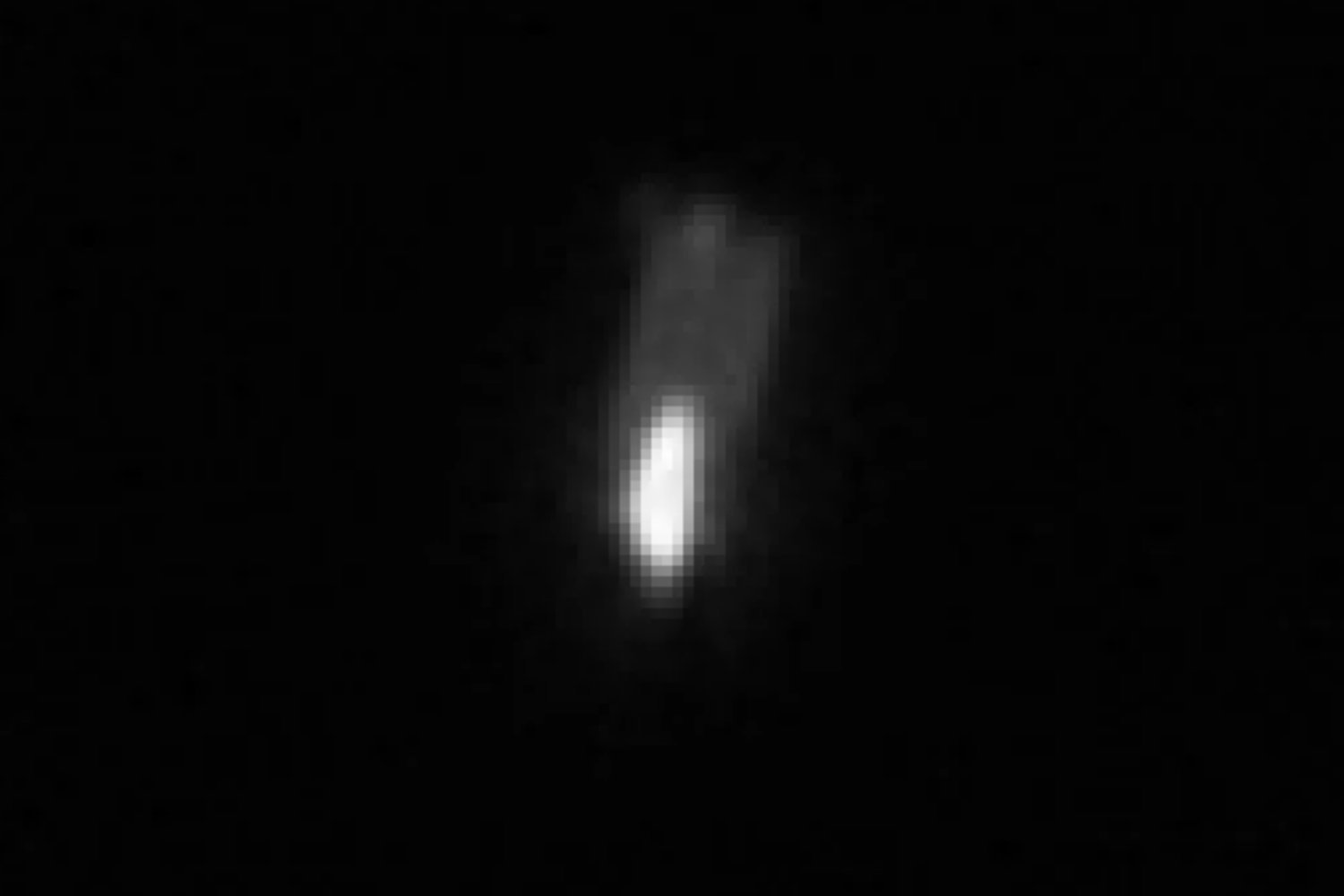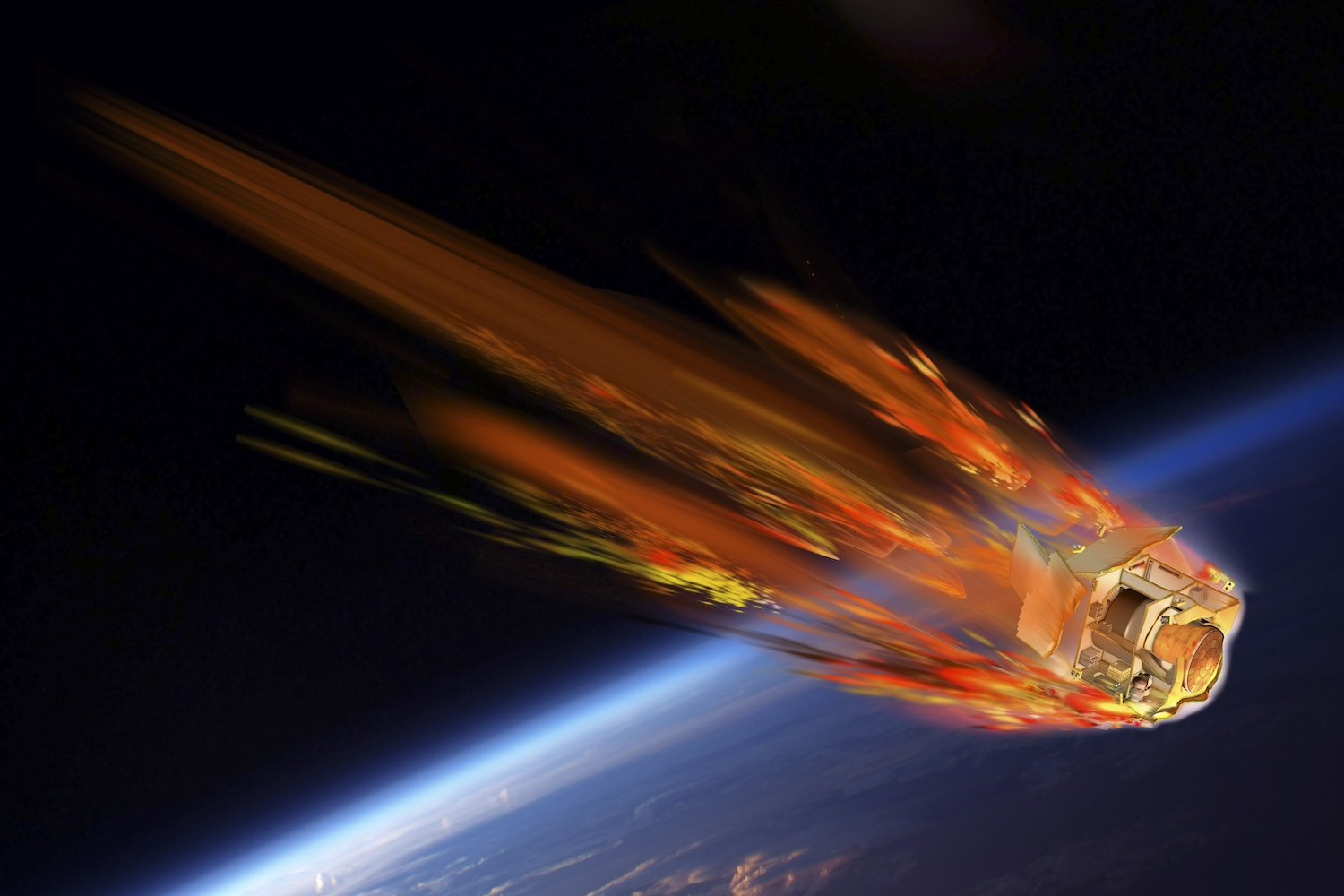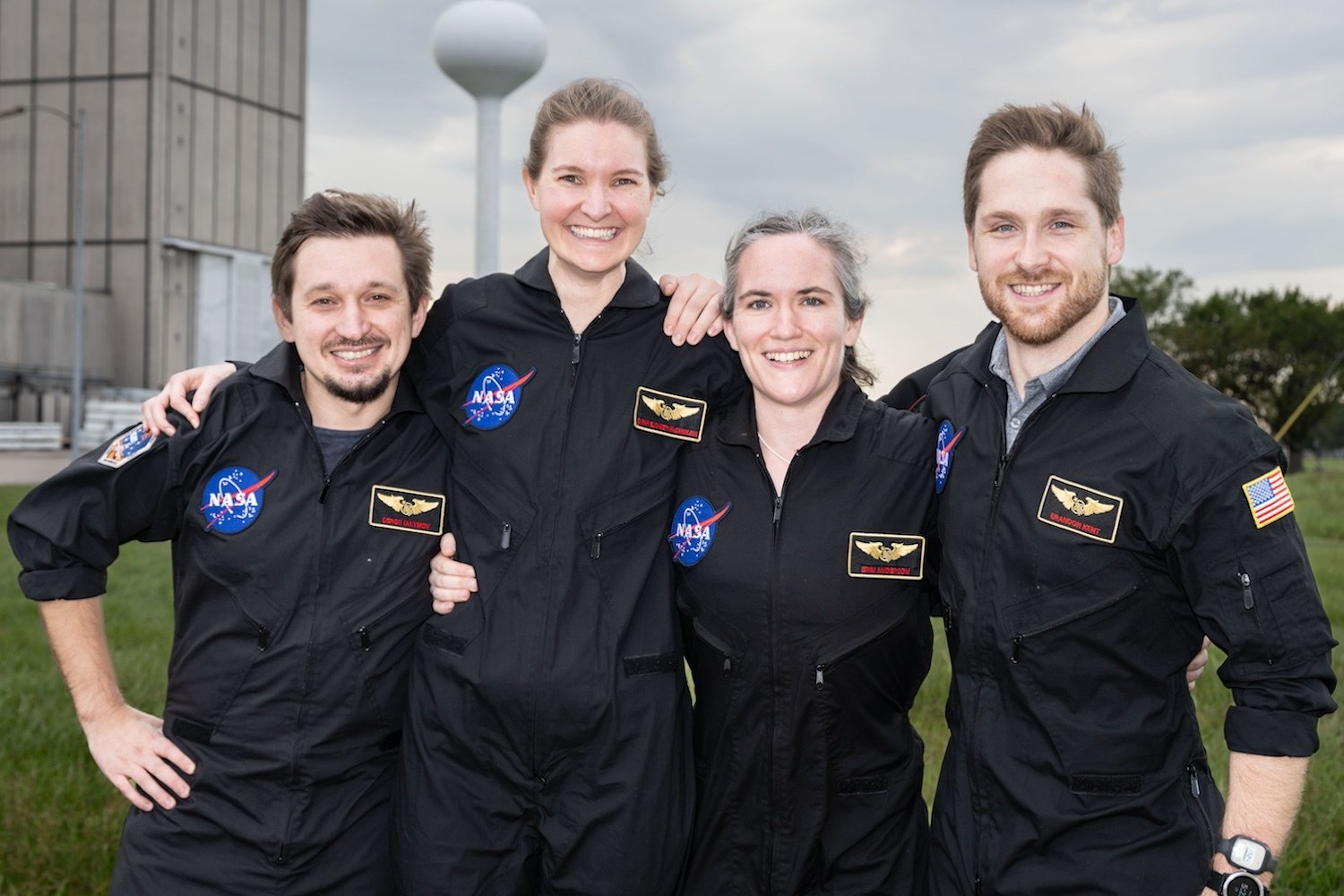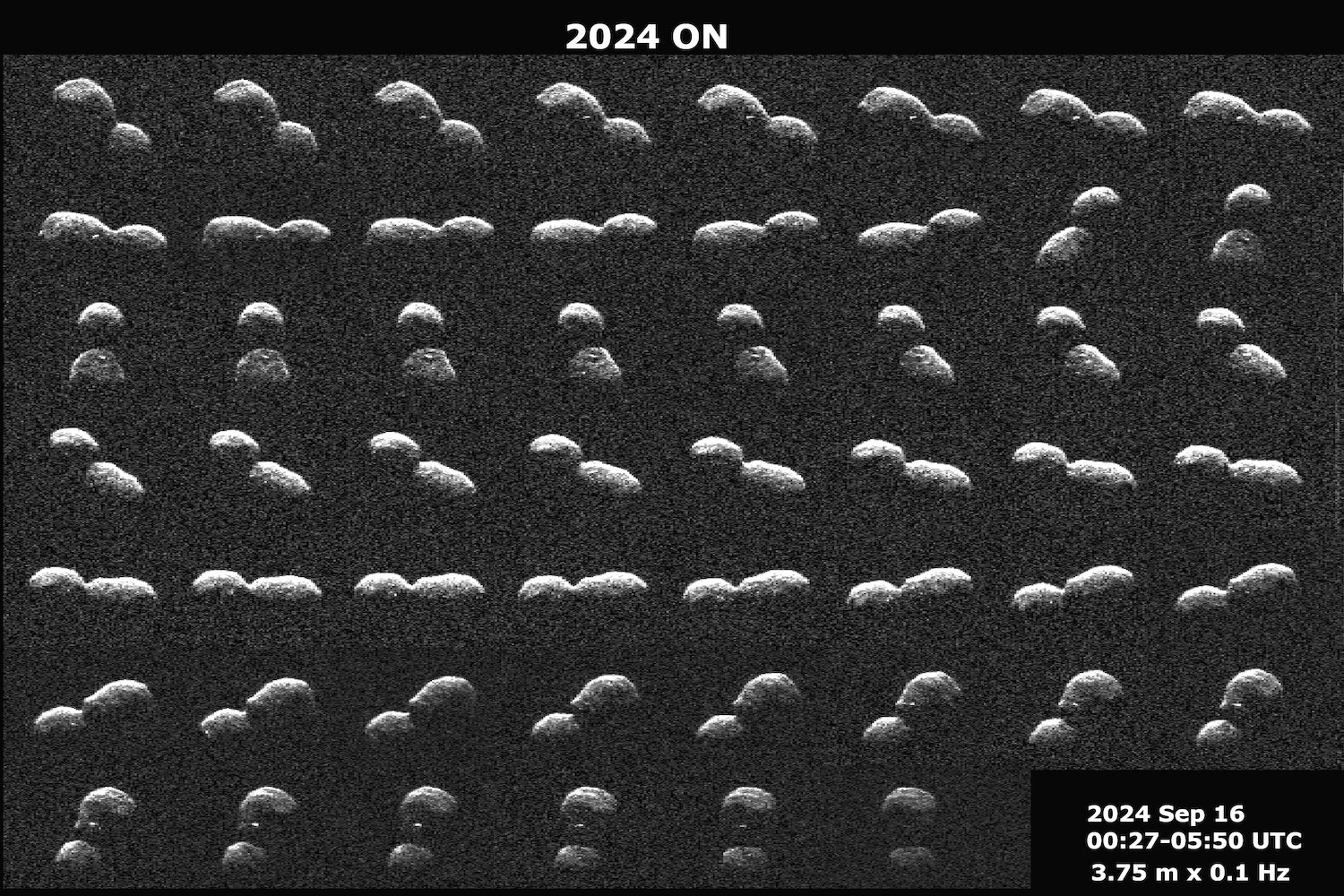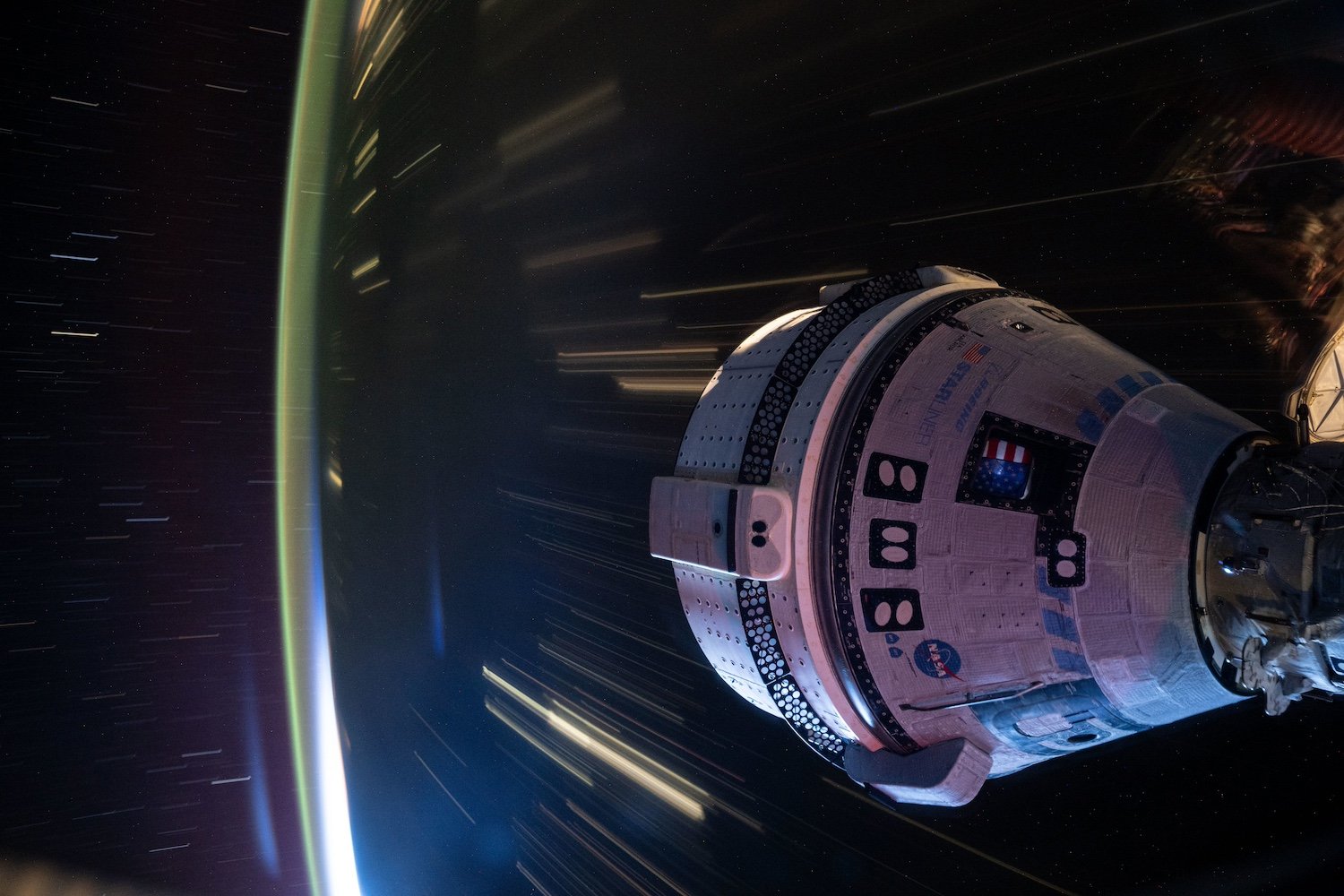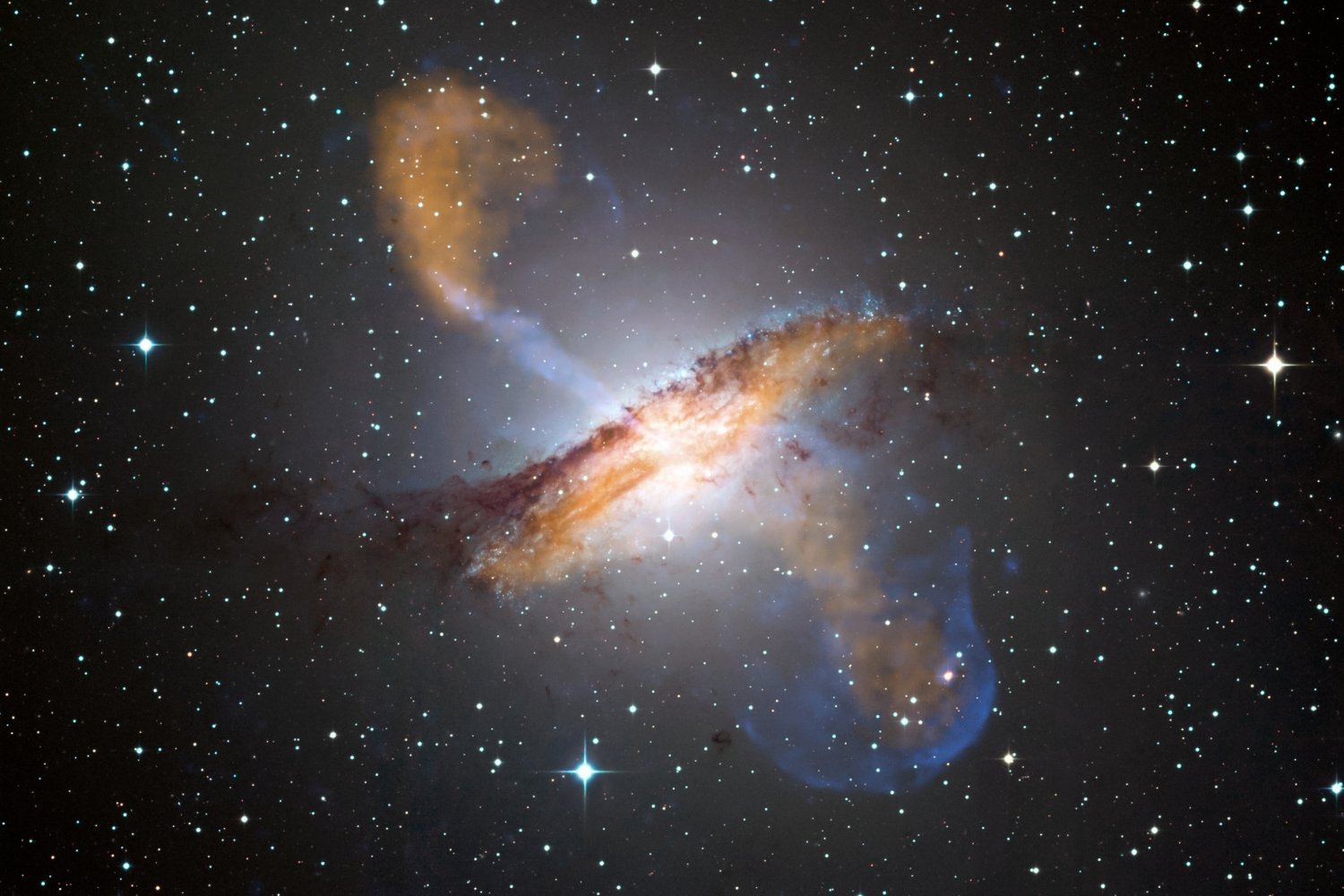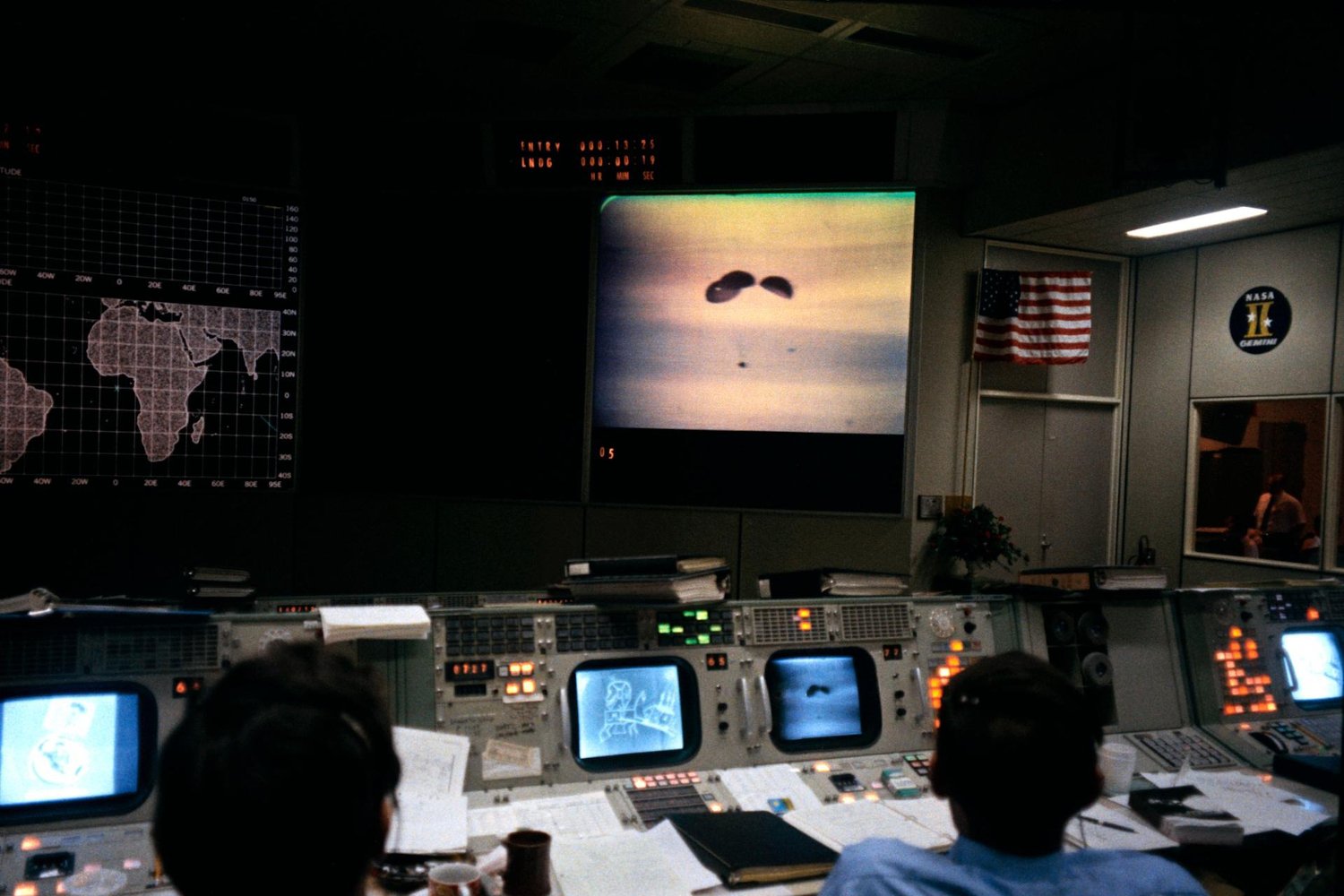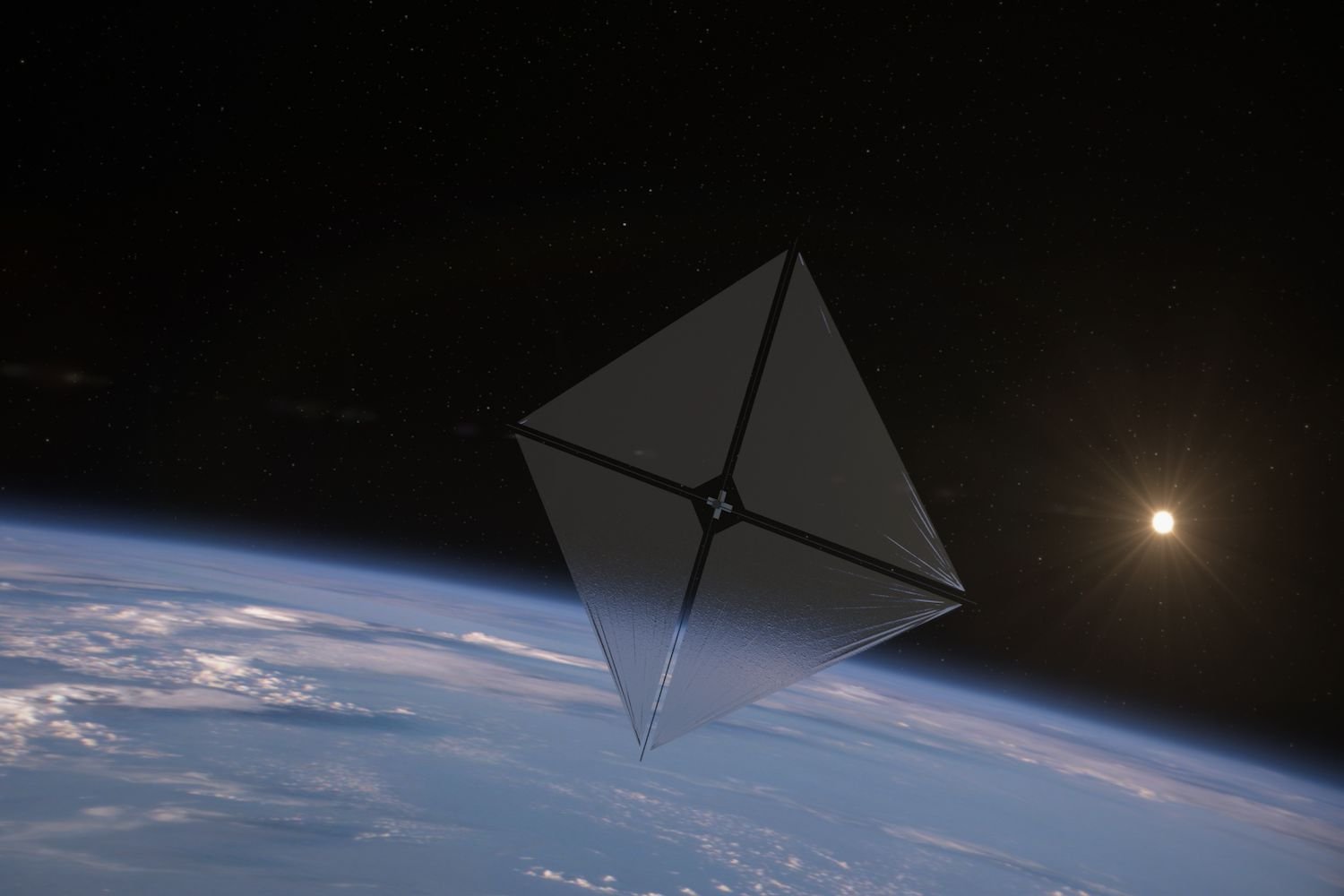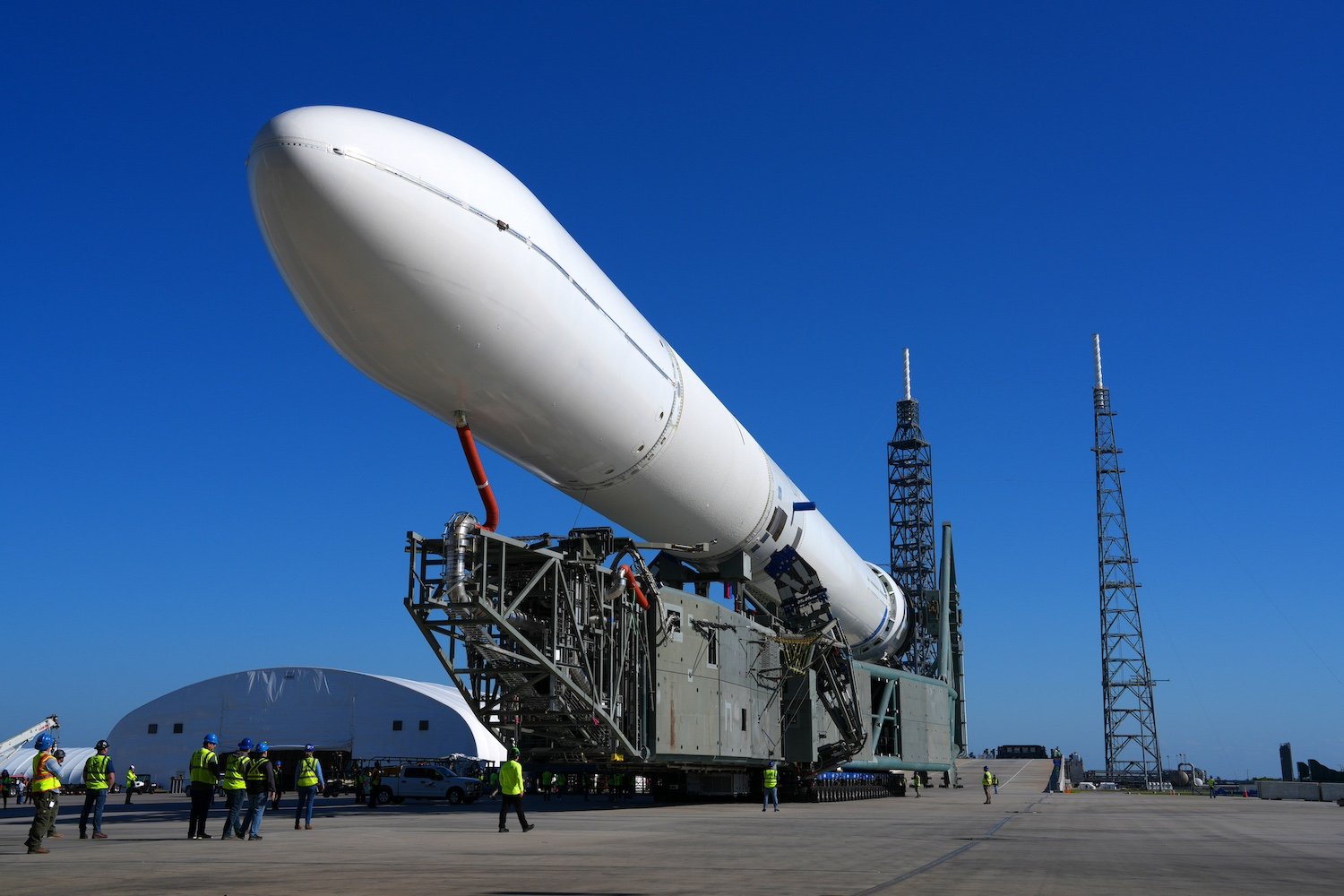An Austrian astrophotographer, Felix Schöfbänker, has captured a unique image of a classified U.S. spy satellite, designated USA 290, using his 14-inch Dobsonian telescope. This intriguing observation, shared on AstroBin, a platform for amateur astronomers, highlights the increasing ability of civilian observers to track clandestine space activities.
Schöfbänker, who regularly photographs satellites, told Space.com that USA 290 stood out due to its unusual design and orbit. Launched in 2019 aboard a Delta IV rocket, NASA describes the satellite as a “top secret surveillance payload owned by the National Reconnaissance Office (NRO).” Unlike the more common KH-11 spy satellites, USA 290 exhibits a distinctive structure.
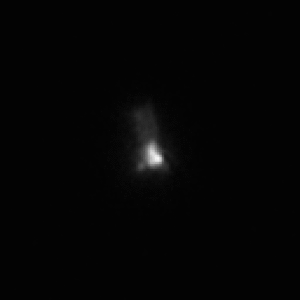 Amateur captures spy satellite.A view of the classified USA 290 spy satellite. Credit: Felix Schöfbänker
Amateur captures spy satellite.A view of the classified USA 290 spy satellite. Credit: Felix Schöfbänker
“My image shows a different kind of design, which doesn’t look like a typical KH-11,” Schöfbänker explained to Space.com. “My image shows a large, roughly 5-meter-long rectangular panel.” He also noted the satellite’s “strange orbit,” which differs from the sun-synchronous orbits typically used by KH-11 satellites. Sun-synchronous orbits ensure a satellite passes over the same location at the same local time each day.
The prominent 5-meter panel on USA 290 remains a subject of speculation. It could be a solar panel, though its fixed position would necessitate maneuvering the entire satellite to track the sun. Other possibilities include a radiator for thermal control or a sophisticated antenna array for signal intelligence gathering.
This is not Schöfbänker’s first encounter with classified spacecraft. Last month, he captured an image of China’s secretive spaceplane during its 268-day mission. Similarly, Marco Langbroek, an astrodynamics lecturer at Delft Technical University in the Netherlands, recently photographed the U.S. Space Force’s X-37 spaceplane. These observations underscore the growing challenge of maintaining secrecy in space as amateur and professional astronomers alike continue to scrutinize the skies.



